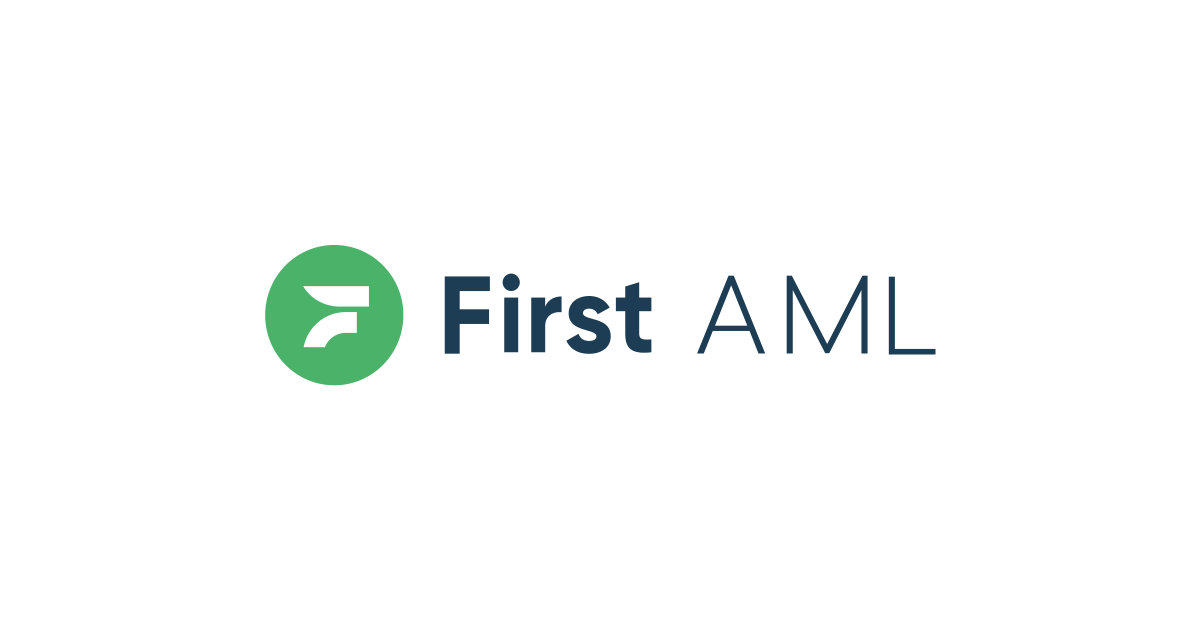With OpenAI, Google and other Big Tech players dominating the generative AI space, it was assumed that smaller players didn’t have the resources (read: cash) to cut through.
Until yesterday.
Although DeepSeek didn’t emerge overnight, yesterday the startup overtook ChatGPT as the most downloaded free app on Apple’s App Store.
The knock-on effect was felt across a number of markets. Nvidia, for example, lost nearly $600bn in market value. According to Bloomberg, this is the biggest drop in the history of the US stock market. Trump has also come out to call this a ‘wake-up call’ for US tech firms.
The reason for its success? DeepSeek identified an underserved niche: professionals and enterprises needing precision-tailored AI rather than broad-spectrum conversational models. It also costs less to build (reportedly £4.8m compared to the billions that OpenAI needed) and requires significantly lower compute.
DeepSeek’s approach underscores an important lesson for any challenger brand: disruption doesn’t mean replicating; it means refining. Below we outline three other considerations for challengers in 2025.
Focus on differentiation
Challengers need purpose, and this purpose should be to differentiate from the larger – or other – players in their field. By studying user pain points and identifying underserved niches, challenger brands can carve out opportunities to be a cut above.
In the case of DeepSeek, for example, its specialisation in regulatory compliance was a direct response to enterprise frustrations with generalised AI models. The team identified a pain point and focused on a resolution.
It also approached generative AI in a different way, using an open source model. This approach has resulted in a more collaborative – and lower cost – outcome. As Meta’s chief AI scientist Yann LeCun said, “Because [DeepSeek’s] work is published and open source, everyone can profit from it. That is the power of open research and open source.” This differentiation has given DeepSeek an edge that the AI industry didn’t necessarily expect.
Be agile and ready to pivot
Building a fantastic and knowledgeable team is one thing, but being able to move quickly is another.
The tech industry is well-versed with limitations – and then failings – of photography giant Kodak, especially when it comes to clinging to legacy business models and failing to embrace disruptive innovation. Kodak’s reluctance to pivot in time allowed competitors to seize the market, turning the once-dominant company into a cautionary tale of missed opportunities.
It’s no longer enough to be the first, you now need to be the fastest to respond. Resting on your laurels contradicts what a true challenger brand should be. To outmaneuver established players, you must continuously evolve, be willing to pivot when necessary, and never lose the hunger to innovate.
Be bold
What is your message? The one that truly sets you apart. Once you’ve clearly defined that message and ensured your team is aligned with it, the next step is to broadcast it boldly and strategically. Use the channels that will have the most impact – those where your audience is most active and engaged.
Does your website reflect your message and agility? Are your social channels amplifying your successes? Are your spokespeople being positioned as thought leaders in your field? If the answer is no to any of the above, those are clear starting points for improvement.
However, boldness requires more than just shouting your message. It demands consistent, authentic, and creative storytelling across multiple touchpoints. Your audience needs to see that your brand doesn’t just talk the talk.
The bottom line
DeepSeek has shown how quickly yesterday’s disruptor can become tomorrow’s incumbent. For those of us who work in PR, it’s essential to be ready to test and deploy a client’s technology and support innovators with a relevant response.
It’s always been important for PRs to have a finger on the pulse at all times. And now, AI has made that even more critical.
Related Articles

First AML partners with CommsCo PR to launch Anti-Money Laundering campaign and help business keep compliant against the Russian threat
Article by:Ilona Hitel


